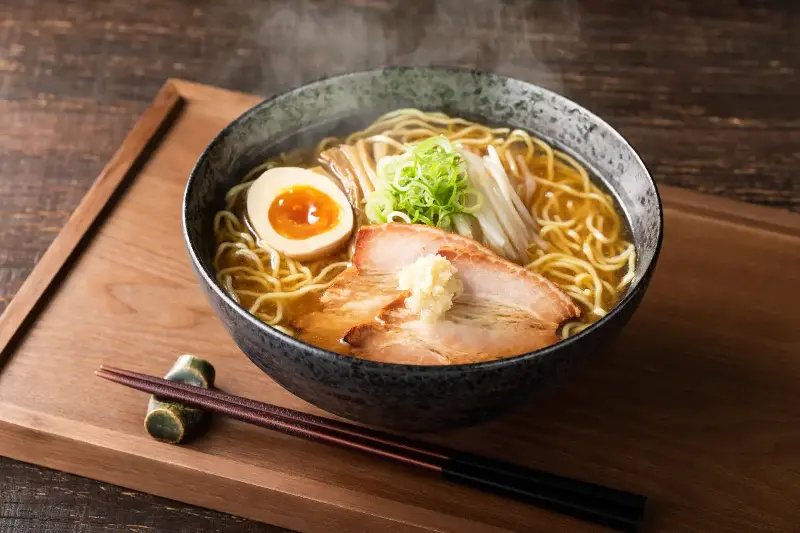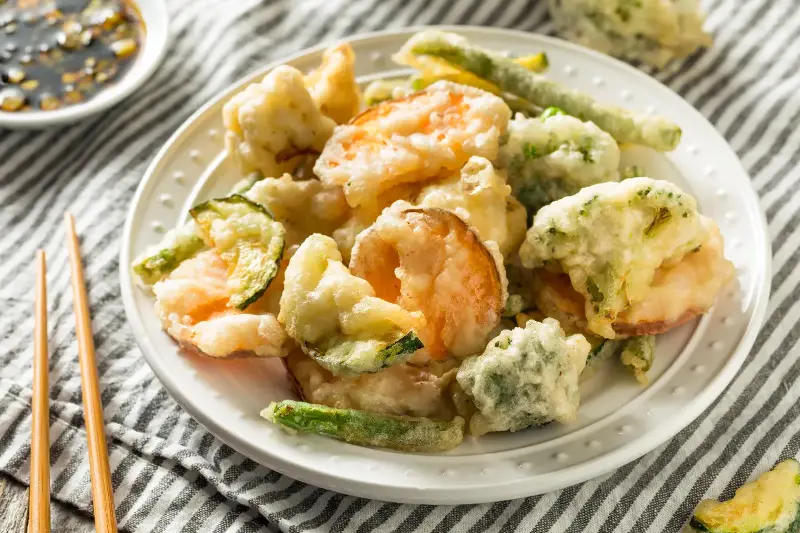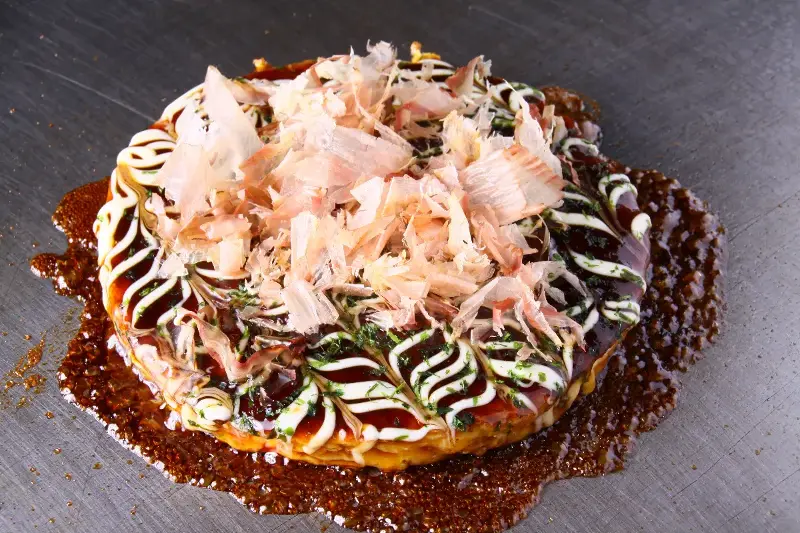Nestled between tradition and innovation, Japanese cuisine is a remarkable reflection of the country’s unique culture and centuries-old culinary artistry. From bustling Tokyo alleyways wafting with aromas to tranquil countryside inns, the food of Japan offers something for every palate. If you’re curious about embarking on an epicurean adventure, here are five emblematic Japanese dishes that form the heart of this cuisine’s flavourful journey. Each brings with it a story, a texture, and taste bound to ignite your senses.
Savouring Sushi: More than Raw Fish

Sushi has gained international acclaim, but few know the depth behind this jewel of Japanese cuisine. Evolving from a preservation method combining fermented rice and fish, sushi is now a delicate ensemble of vinegared rice paired with fresh seafood, vegetables, or even grilled egg. Each bite is a dance of subtlety: the faint sweetness of the rice, freshness of the fish, a dab of wasabi, and salty tang of soy sauce.
Popular varieties include nigiri—carefully pressed ovals topped with a slice of fish—and maki rolls, where rice and fillings are rolled in crisp nori seaweed. For the adventurous, try uni (sea urchin) or anago (sea eel) to experience rare, creamy textures. For vegetarians, cucumber maki and inari sushi—sweet tofu pouches filled with sushi rice—are delightful alternatives.
Ramen Revelations: Soulful Noodle Bowls

When a cold wind blows or urban nights beckon, Japanese ramen is comfort food at its finest. Contrary to the humble instant noodle origins, authentic ramen is an art form, comprising hand-pulled noodles in a steaming, complex broth. Each region boasts its own variety: Sapporo’s miso ramen features corn and butter, while Fukuoka’s tonkotsu ramen boasts a milky pork bone broth with thin, straight noodles.
A typical bowl is a symphony of garnishes—soft-boiled eggs, bamboo shoots, sliced pork belly, narutomaki (fish cake), and green onions. Slurping is not just acceptable; it’s encouraged, as it enhances the flavours and shows appreciation for the meal.
Tempura: Crispy, Light, and Divine

This Japanese classic is an introduction to the country’s culinary finesse. Introduced by Portuguese traders in the 16th century, tempura takes fresh vegetables and seafood, dips them in a feathery batter, and flashes them in hot oil. The result? A pillowy, crisp coating that’s neither greasy nor heavy.
Popular choices are prawn, sweet potato, aubergine, or even seasonal leaves like shiso. In Japan, tempura is often served with grated daikon and a light tentsuyu dipping sauce, a blend of soy, mirin, and dashi. The artistry lies in the batter’s delicate crunch and in the chef’s ability to preserve the natural taste of every ingredient.
Okonomiyaki: The Japanese Pancake Revolution

Okonomiyaki is the ultimate edible canvas for creativity. Originating in Hiroshima and Osaka, its name means “as you like it,” reflecting the endless ways this dish can be made. Batter—made from flour, eggs, shredded cabbage, and often yam—forms the base, then it’s topped with a medley of ingredients: pork belly, prawns, squid, cheese, or even mochi.
The pancake is grilled, then lavishly brushed with tangy okonomiyaki sauce, sprinkled with bonito flakes, seaweed powder, and drizzled with creamy Japanese mayonnaise. Famous for its social atmosphere, okonomiyaki is often cooked on a teppan grill at your table, making it as much about the experience as the taste.
Traditional Sweet Treat: Mochi and Wagashi Wonders

No journey through Japan’s culinary landscape would be complete without embracing its sweet artistry. Mochi—a chewy rice cake pounded to perfection—serves as the base for myriad traditional desserts known as wagashi. A spring festival favourite is sakura mochi – soft rice cakes wrapped in pickled cherry blossom leaves and filled with sweet red bean paste.
Another treat is dorayaki, beloved by children and adults alike: sweet bean paste sandwiched between two fluffy pancakes. Wagashi is not just about flavour; its delicate shapes mirror flowers, leaves, and seasonal motifs, reflecting the appreciation for beauty and transience that is central to Japanese culture.
Let these five dishes serve as your invitation to immerse in Japan’s rich and multifaceted world of flavour. Whether you delight in the simplicity of fresh sushi or the comforting embrace of ramen, every dish offers a taste of the country’s tradition, innovation, and hospitality. So, next time you crave an adventure for your taste buds, allow the heart of Japan’s cuisine to transport you.
